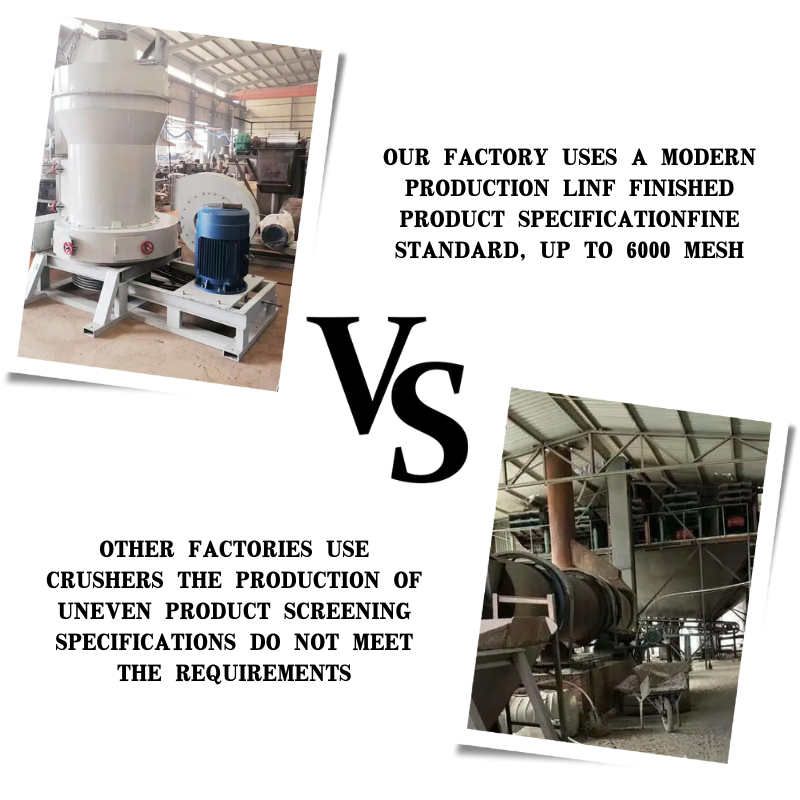
cultured field stone
Exploring the Unique Charm of Cultured Field Stone
Cultured field stone, an innovative architectural material, has become increasingly popular in both residential and commercial construction. Mimicking the natural beauty of traditional stone, it combines aesthetics with practicality, offering a versatile solution for a wide array of applications. Its rich texture and diverse colors make it an appealing choice for homeowners and builders alike.
Cultured field stone, often referred to as manufactured or artificial stone, is crafted from a blend of cement, lightweight aggregates, and pigments. This process allows manufacturers to create a product that closely resembles the look and feel of natural stone found in fields and mountains. By utilizing molds taken from real stones, manufacturers ensure that the final product captures the intricate details and variations present in nature. As a result, the finished stones may exhibit unique shapes, sizes, and colors that enhance their visual appeal.
One of the main advantages of cultured field stone is its lightweight nature compared to natural stone. This characteristic simplifies installation, reducing labor costs and time required to complete projects. Since it does not require the heavy structural supports that natural stone typically necessitates, cultured stone is exceptionally versatile. It can be applied to a variety of surfaces, including walls, fireplaces, and outdoor features such as patios and walkways, making it a stellar choice for both interior and exterior applications.
cultured field stone

Furthermore, cultured field stone is designed with durability in mind. Its cement-based composition is resistant to moisture, UV rays, and temperature fluctuations, which ensures longevity and maintains its appearance over time. Unlike natural stone, which can crack and degrade, cultured stone promises a long-lasting solution that requires minimal maintenance. Regular cleaning with water and mild soap is generally enough to keep it looking fresh and vibrant.
Another notable benefit of cultured field stone is its eco-friendliness. Since it is manufactured from recycled materials, it minimizes the environmental impact compared to quarrying natural stone, which can lead to habitat destruction and increased carbon emissions. By opting for cultured stone, builders and homeowners can contribute to sustainable construction practices, making it an ethical choice in today’s environmentally conscious market.
A range of styles and finishes is available for cultured field stone, allowing homeowners to customize their spaces according to their tastes. Whether one prefers a rustic, weathered appearance or a more polished modern look, there is a finish to suit any preference. This adaptability makes cultured field stone popular among architects and designers, who often incorporate it into diverse architectural styles—from classic to contemporary.
In conclusion, cultured field stone represents a compelling fusion of beauty, practicality, and environmental consciousness. Its lightweight nature and durability, coupled with its aesthetic versatility, make it a preferred choice for many builders and homeowners. As the architectural landscape continues to evolve, cultured field stone stands out as a timeless option that brings a touch of nature into our built environments, enriching both new and existing structures.
Share
-
Premium Pigment Supplier Custom Solutions & Bulk OrdersNewsMay.30,2025
-
Top China Slag Fly Ash Manufacturer OEM Factory SolutionsNewsMay.30,2025
-
Natural Lava Rock & Pumice for Landscaping Durable Volcanic SolutionsNewsMay.30,2025
-
Custom Micro Silica Fume Powder Manufacturers High-Purity SolutionsNewsMay.29,2025
-
Custom Mica Powder Pigment Manufacturers Vibrant Colors & Bulk OrdersNewsMay.29,2025
-
Custom Micro Silica Fume Powder Manufacturers Premium QualityNewsMay.29,2025






